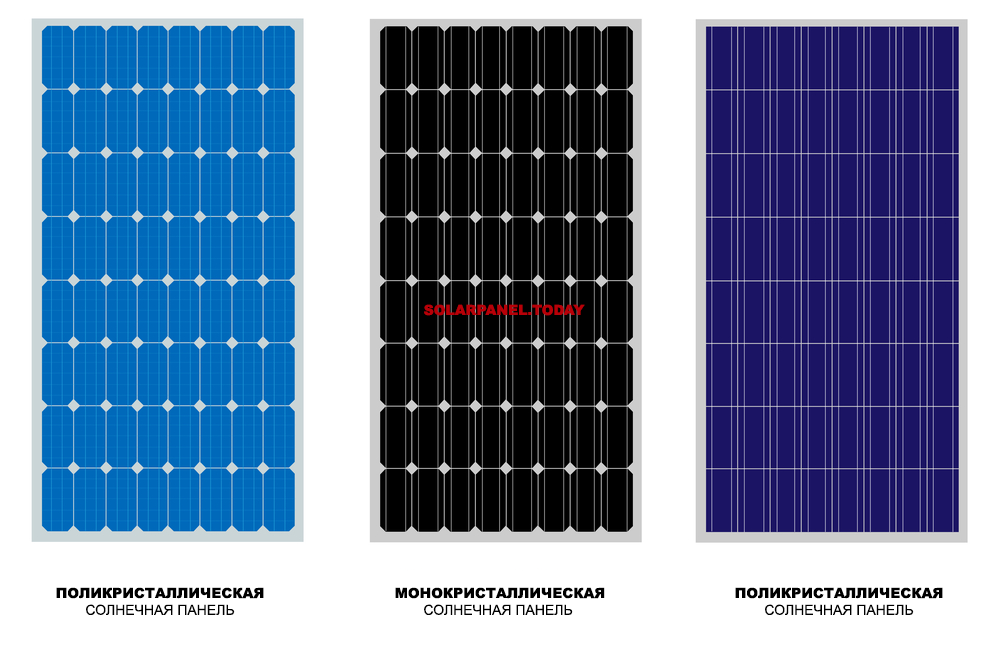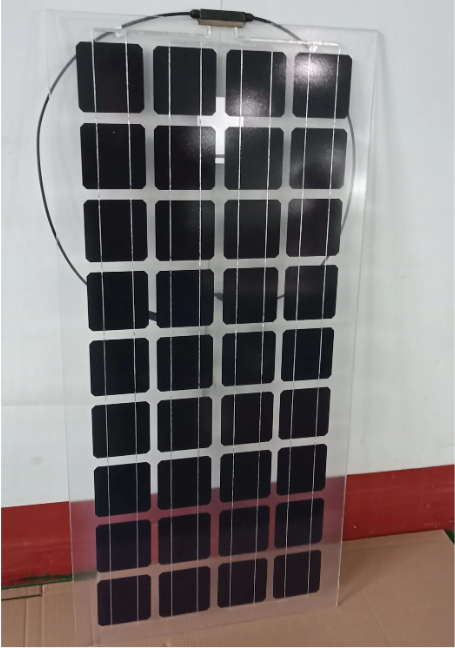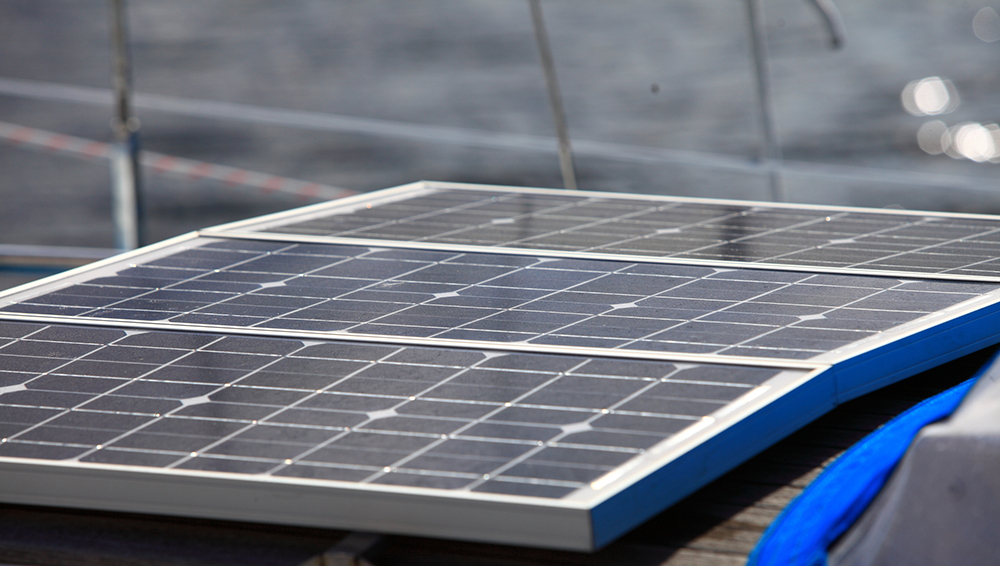The fact that solar energy is gaining more and more popularity is not surprising. The use of renewable, affordable and environmentally friendly natural energy is growing worldwide. Often, solar installations allow you to meet the energy needs of not only your household or business, but even earn on the “green tariff”.
But before taking full advantage of solar energy, you need to understand how much solar panels cost and what affects their price. At first glance, it may seem that solar panels should be cheap – they are charged from the Sun and do not require any additional recharging. As a result, when faced with the price of solar panels, buyers are often perplexed by unfulfilled price expectations and a wide range of prices for solar panels. Therefore, before choosing solar panels , you need to understand what you are paying for – what their price consists of, what nuances to pay attention to. After all, solar batteries are an engineering and technical device consisting of photocells that have certain characteristics and parameters, sometimes not obvious, but affecting the final cost.
If you want to know how much solar panels cost in Ukraine, how much solar panels cost for a house in Russia, Belarus or another country, what is the price of solar panels for a roof, for an apartment, private house or industrial facility, carefully study all the nuances. The cost of solar panels is determined according to the general principle, but can vary significantly depending on a number of factors, which we will discuss below.
How is the price of solar panels formed?
The production of photomodules is a science-intensive and therefore rather expensive production process. Therefore, despite the development of technology and the associated slight decrease in prices in the last couple of years, installing solar panels is still quite expensive. It is difficult to determine “by eye” how much a solar battery for a house will cost in your particular case. However, as well as why one system costs $120, and another, similar in appearance, is already $220. So that there are fewer questions, let’s consider what the price of solar panels consists of.
Among the main indicators that affect how much solar panels cost per home are the following:
- type of photocells;
- power, dimensions, number of cells;
- technologies used;
- device class;
- service life, wear resistance indicators;
- country of manufacture and brand;
- availability of a guarantee.
Let’s take a closer look at these options below.
What affects the price of solar panels – the main parameters
Type of photocells
An important criterion affecting the price of solar panels is the type of solar cells. According to this parameter, solar cells are divided into polycrystalline, monocrystalline and thin-film. The latter are also called amorphous silicon panels, and when obtaining this type of silicon, the “evaporative phase technique” is used. The cheapest of these types of solar cells are thin-film, medium-priced – polycrystalline and the most expensive – monocrystalline. Due to the introduction of new technologies in recent years, the difference in the price of mono- and polycrystalline panels has slightly decreased, and the difference in their performance has also leveled out (monocrystalline panels have an efficiency of up to 22% on average, polycrystalline – from 15 to 19%).

Thin-film panels have the lowest production cost, but lose properties faster over time and are characterized by low efficiency compared to crystalline panels. So, with equal energy efficiency of thin-film and single-crystal panels, the area of the latter will be 2 times less. Therefore, thin-film batteries are practically not used in everyday life, but are more used in large solar stations and enterprises. Moreover, the technology of their manufacture allows the production of large-area devices at once. By the way, it is thin-film panels that perform better in regions with a predominance of cloudy weather, therefore, despite their large dimensions, they should be used in such cases.
Monocrystalline panels are considered the most expensive and efficient, it is preferable to choose them if you plan to use solar energy all year round – monocrystalline panels work better than others in winter, on frosty sunny days. Their crystals are oriented in the same direction, so the color of their surface is darker and more uniform. Polycrystalline panels are considered average in terms of price-quality ratio, more productive in diffused lighting conditions and today are the most popular among consumers. But even despite the affordable prices for this type of panels, the answer to the question of how much it costs to put such solar panels on a roof or a specific object can only be given after the rest of the indicators are fully determined.
Power, dimensions, number of cells
These parameters significantly affect how much solar panels will ultimately cost for an apartment or a house. For example, the price of solar panels may differ, even if they are of the same type, equal in size and area. And most likely, it will be about power – the amount of energy that this system provides, in essence its performance. This situation may be due to the difference in the production of panels, for example, the use of different additives to silicon. In this case, even with the same size of photocells, their output power will be different, and this is one of the most important performance indicators for a solar battery. And despite the higher price, it is worth choosing a more powerful panel with other identical characteristics.
The price is also affected by the number of cells and the size of the solar panel. As a rule, they are directly proportional to the power, but we must not forget about the difference in the type of photocells, which we wrote about above. It is important to take into account all these parameters in order to correctly match the needs of solar energy with your budget.
Used technologies
How much solar panels cost is also influenced by technology. They are constantly being developed in order to increase the efficiency of solar cells, their service life, reduce wear resistance, and make them more environmentally friendly. For example, a standard case module includes a metal substrate, silicon laminated cell plates, a tempered transparent glass coating, and an aluminum frame. Recently, frameless bi-glass panel options have been increasingly used, which are easier to clear from snow, easier to install, better protected from mechanical damage, and work more efficiently in harsh conditions and extreme ambient temperatures. And this technology – Double Glass – improves the performance of the panels, reduces their overheating and extends the service life.

Increasingly, 5BB-cell technology with five conductors instead of 3-4 conductive bars, which are an important element of the battery, is encountered. It is they who collect and transmit current, which means that an increase in their number increases the efficiency of solar panels.
Split technology helps increase panel performance by reducing resistive losses through pantographs. Its essence lies in the use of half photocells instead of solid ones.
PERC technology improves efficiency by passivating the back side of the photocell. Due to this, the light that reaches the back of the cell without creating any free charge carriers is reflected in the cell, where it gets a second chance to create an electric current. They are more productive than standard panels by 1-1.5%.
And these are just some examples of technologies that are used today in the production of solar panels and, of course, affect their cost.
Device class
There is such a thing as the quality class of solar panels. It also depends on how much solar panels for a house or apartment will cost. Class A solar panels are considered the highest quality and, accordingly, the most expensive. The remaining modules are those that have some small defects that do not drastically affect operation. For example, a class B solar panel may have a broken external or internal structure or fail to pass visual inspection for some reason. After a special aging test, it gives a decrease in the power of the elements by no more than 30%. Class C in solar cells after aging test shows a decrease in cell power by more than 30%. But keep in mind that very often it is impossible to visually distinguish the class of panels and a competent seller knows about it. But the level of quality class can significantly affect the price.
By the way, in the production of solar panels there is also substandard with critical defects, which is designated by class D. Such panels are neither sold nor recycled.
Solar panel service life and wear resistance indicators
High-quality solar panels, as a rule, serve for quite a long time, which means that such modules are more expensive than their counterparts. On average, their solar panels have a lifespan of about 30 years. But as practice shows, high-quality panels can be used for longer, but if there were defects in the panel initially, then degradation will begin faster. The service life of the panels and their wear resistance are also affected by the correct use, the type and class of the module, the installation system, the level of maintenance, the operating conditions of the device. In addition, there is a direct relationship between the quality of the panels and the responsibility of the manufacturer, which will be discussed below.
Brand, country of origin and quality assurance
This item is directly related to both the price and the quality of the panels. Products of European, American or Japanese brands, as a rule, are more expensive, but you can be sure of their quality. Budget Asian (Chinese) panels have always been cheaper, but many were wary of them. How much solar panels cost in China and how much in Europe – this question was decided by consumers based on their capabilities and wishes: what is more important, the best quality or the cheapest price. However, recently the prices have noticeably equalized, and the Asians began to supply quite worthy and competitive products, which are not inferior today in quality to solar energy meters. There were also good domestic brands-manufacturers of panels with very pleasant prices. In turn, German and Japanese manufacturers were forced to gradually reduce prices in order to defend their “place in the sun” – literally and figuratively. But the rule when choosing a brand remains standard – before buying, carefully study all the information about the manufacturer, the duration of his work on the market, completed projects, check certificates, ask about customer reviews. This time spent will pay off with interest, because you buy solar panels for more than one year, and there should be no trifles here. And do not forget that a reliable manufacturer gives a guarantee for its products for a sufficiently long period, which is also important.
What else can affect the price of solar panels
In principle, how much it costs to install solar panels depends largely on the task set by the consumer. For example, it is planned to produce energy only for own needs or for sale, for year-round use, seasonal or as an alternative / reserve source of energy. It is necessary to take into account the design and technical characteristics of the facility, where the panels will be used, how many of them will be needed, the installation area and installation possibilities, the number of devices, i.e. expected load and the required amount of energy to be generated. And in order for the solar panels to work, you will need a set of additional equipment (inverter, controller), consumables and fasteners. Knowing all this, you can roughly calculate how much solar panels for a house or apartment will cost.
But for an accurate calculation and reliability, it is still worth consulting with specialists. Indeed, with proper installation and the current cost of electricity, the solar system will pay off on average in 4-5 years (for a private house and a family of 4 people) – if there are no unforeseen expenses, for example, for changing batteries. Therefore, in order to understand how much solar panels will cost in your case, evaluate the cost of the entire set when calculating the payback, do not save on the quality of the batteries and the manufacturer. Remember that a solar battery is a profitable investment and an opportunity to forget about problems with electricity.
